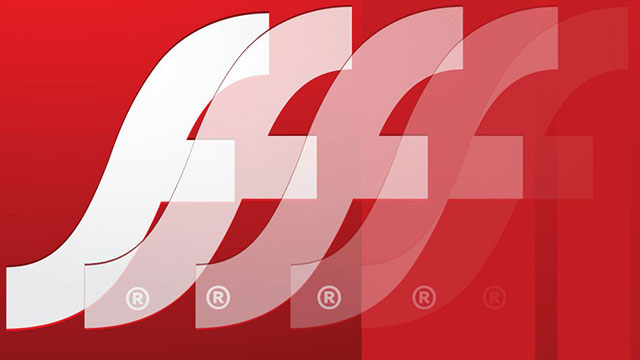Adobe said goodbye to Flash Media Player by 2020
The company has made decisions that developers and users have been looking forward to for years. Over the past 10 years, Flash Player contains a lot of security flaws and is an ideal destination for malicious ads as well as cyber-attack campaigns.
Adobe says open standards like HTML5, WebGL and WebAssembly are mature enough to replace Flash features like 3D graphics, streaming video streaming and other complex animations. Both stream and browser games have stopped using Flash for the past 5 years.
Adobe did not say the specific date will stop updating and distributing Flash in 2020, but there will be more specific details near that date.
Most browsers today have Flash installed, but the default plugin is turned off. Browsers like Chrome, Edge or Firefox, as well as online content providers, have started using the default HTML5. Adobe has been preparing for this move over the past few years as it focuses on developing HTML5-related tools like Animate CC. In addition, previous Adobe applications that support the Export to Flash feature will now have an alternative to Export to HTML5.
Flash's origin is called Future Splash, a product of a small company called Futurewave Software. Future Splash is designed to create animated effects on the web without using GIF images. It was later acquired by Adobe and changed its name to Flash.
HTML, the backbone of the web is growing and sinking into the background as simplified web platforms like WordPress, Medium and Tumblr are growing. Nobody needs to know how to insert bold tags or Href to create links to links. The web has been automated and the code snippets are strong enough that we no longer need to Flash.

The technology world will remember Flash as an important part of the Internet
On the computer, Flash is responsible for many crash errors (Flash ads now still crash Chrome). When the Internet grows with Flash, it becomes the object of hackers and malware. 'Flash security vulnerability' has become a hot title for more than 15 years.
Initially, HTML5 was something that threatened Flash's dominance, especially with videos. YouTube started supporting HTML5 video in 2010 and switched to HTML5 completely from 2015. That change has affected Flash, but it's the mobile devices and the culture that depends on our application is the blow. decided to kill Flash.
In early 2010, there were 10 thousand applications (and now more than 2 million applications on the App Store), but there are still no Snapchat or Instagram. Many people still use Twitter on the web and like others, Mark Zuckerberg has been convinced that HTML5 is the future of mobile applications. By 2012, Zuckerberg admitted betting with HTML5 is a mistake.
We spend a lot of time watching content and videos on Facebook, Twitter, Instagram, and Snapchat, which means not watching ads on traditional sites, which are where Flash is used. Advertisers are no longer relying on website visits. It means that fewer and fewer people use ads the old way with Flash. Obviously when Flash officially left in 2020, many old websites will also use new advertising tools.
Flash as well as Western Union's telegraph service, was useful in the past, but now too old. Although many people believe that Flash security is weak, it must be acknowledged that the web will not be available today without it. By helping build the Internet, we will not forget to have Flash.
You should read it
- The painful and prolonged death of Flash
- Instructions on how to install Adobe Flash Player on your computer
- Instead of killing Flash, we should save it for posterity
- Instructions for troubleshooting Flash Player crash (crash) in the browser
- How to check the Adobe Flash Player version in the browser
- How to Unblock Flash Player
- Instructions to disable Flash Player on all browsers
- How to install Adobe Flash Player on CentOS 8
- Journey from the face of the Internet to the stepchild is forgotten
- New improvements in Adobe Flash Player 10.1
- 5 simple steps to activate Flash in Chrome
- Disable Adobe Flash on Edge browser
May be interested

YouTube integrated video editing tool is wiped out

Microsoft opened its doors to register for the 2017 Edge Web Summit

Microsoft noted a new bug in Windows 10 Mobile Build 15235

Microsoft facilitates users to install Windows 10 S version

Bphone 2017: Configuration, official price - Generally QUALITY!

Download now Windows 10 SDK Preview Build 16257 and Mobile Emulator Build 15235






 Instructions on how to install Adobe Flash Player on your computer
Instructions on how to install Adobe Flash Player on your computer How to check the Adobe Flash Player version in the browser
How to check the Adobe Flash Player version in the browser How to install Adobe Flash Player on CentOS 8
How to install Adobe Flash Player on CentOS 8 Instructions for troubleshooting Flash Player crash (crash) in the browser
Instructions for troubleshooting Flash Player crash (crash) in the browser New improvements in Adobe Flash Player 10.1
New improvements in Adobe Flash Player 10.1 Disable Adobe Flash on Edge browser
Disable Adobe Flash on Edge browser